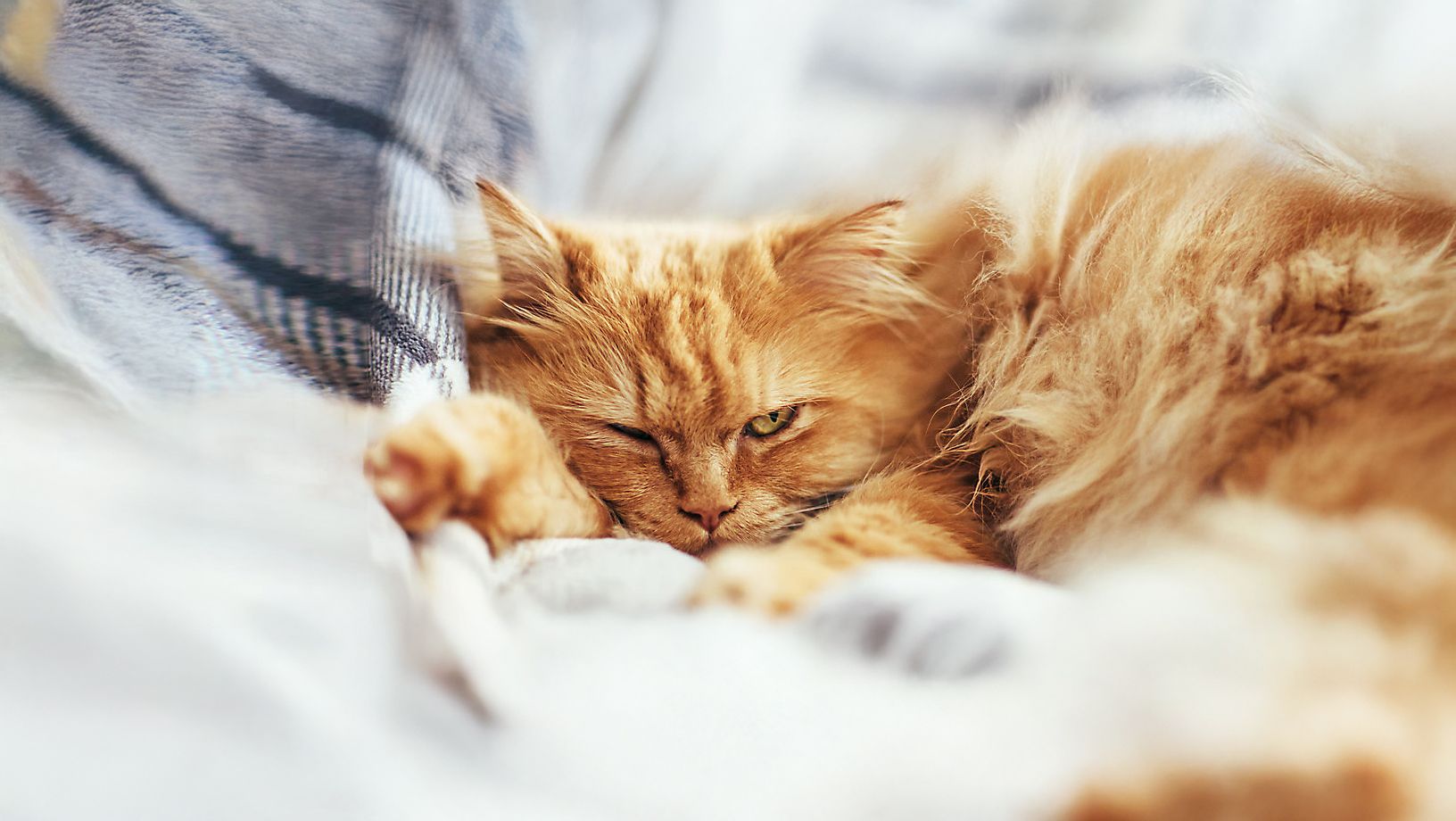Does My Cat Have a Food Sensitivity?

In this Article
What the heck is food sensitivity?
A food sensitivity means an ingredient in kitty’s meal might not be agreeing with them. Symptoms include:
- Vomiting
- Loose stool
- Diarrhea
Food sensitivity vs. food allergy — what’s the difference?
While both have similar symptoms, allergies tend to cause reactions in your cat’s skin or immune system. A food sensitivity affects digestion and can be caused by more kinds of food.
The right food for sensitive kitties
Manufacturers make special food for cats with food sensitivities. These diets may feature unusual proteins such as duck or venison (changing the meat in your cat’s diet may clear up the tummy troubles). Some formulas for felines are made without grain ingredients that some cats don’t tolerate very well.
How to make the switcheroo
If you want to try out a new diet, make sure you switch the food slowly to avoid upsetting your pet’s digestion.
- Transition your cat’s new food over seven days by substituting a little of the new stuff for the old in their usual meal. Swap out a little more at the next feeding, and so on. By the end of the week, your cat should be eating the new food exclusively.
- Make sure the new diet doesn’t include these common ingredients, which can cause tummy trouble in sensitive cats: beef, dairy, lamb and some white fish.
- Steer clear of treats and human food for at least six weeks while you keep an eye on your cat’s progress. It can take up to three months for a new feeding regimen to take effect.
- If you notice any new symptoms, consult your veterinarian.


